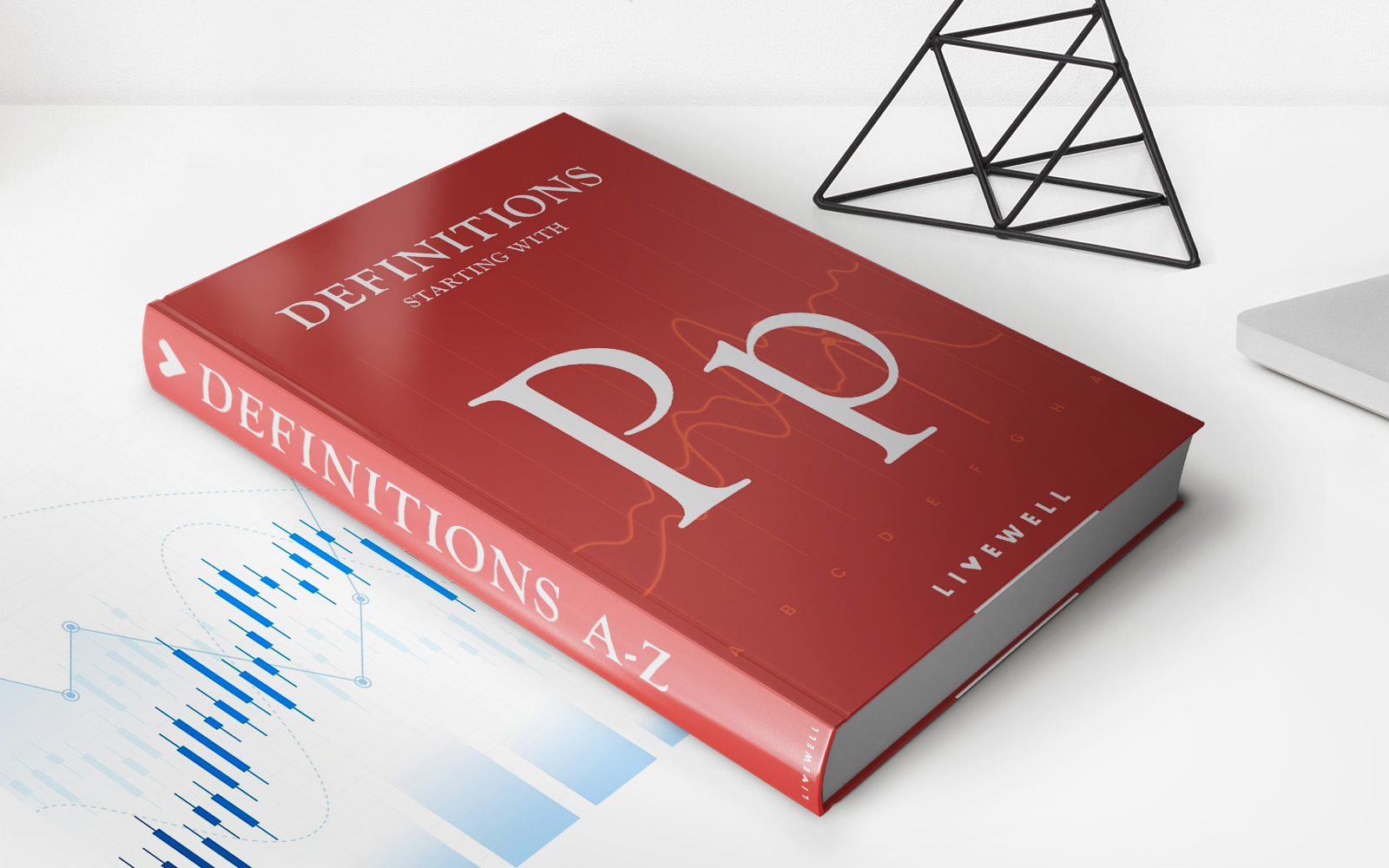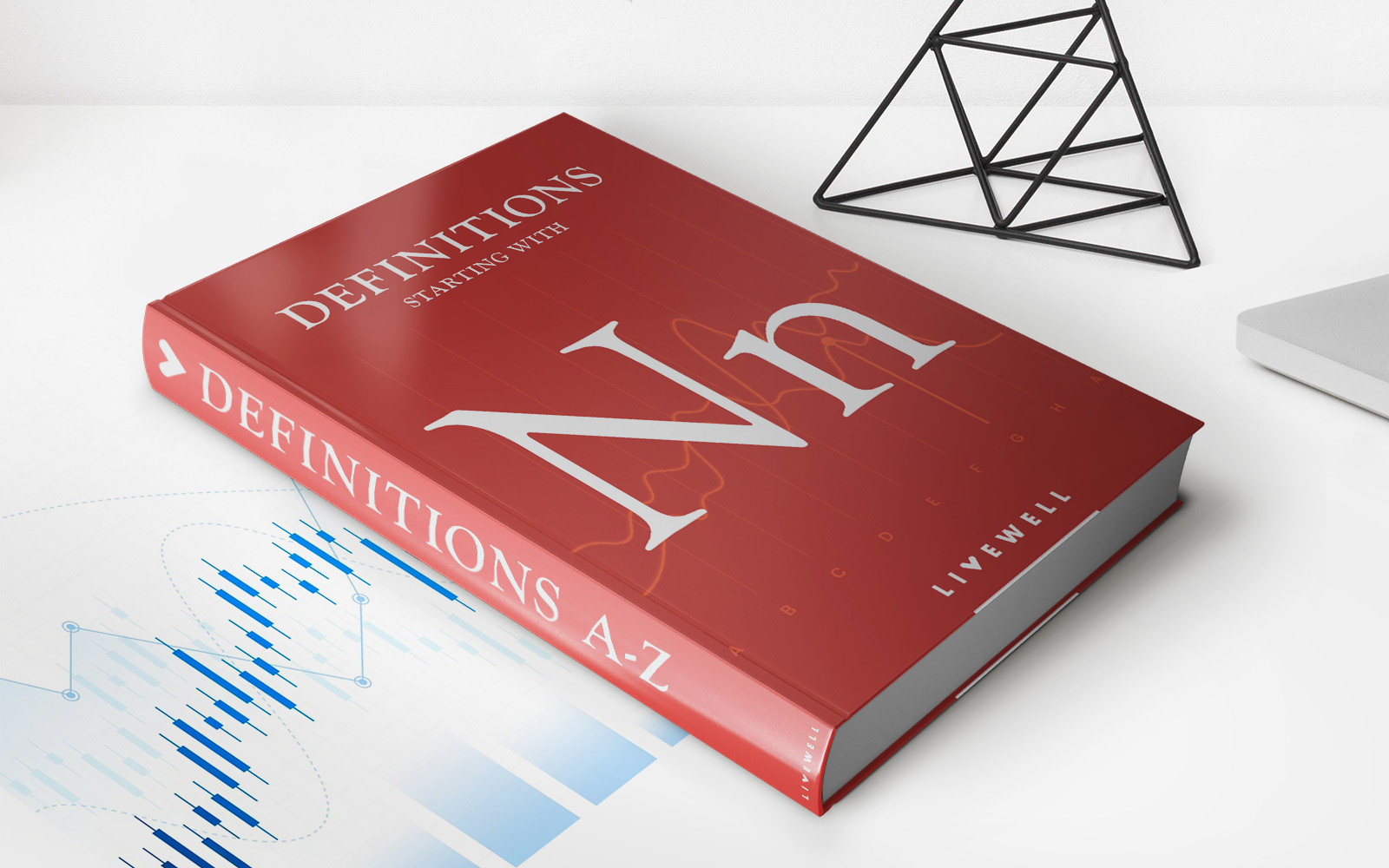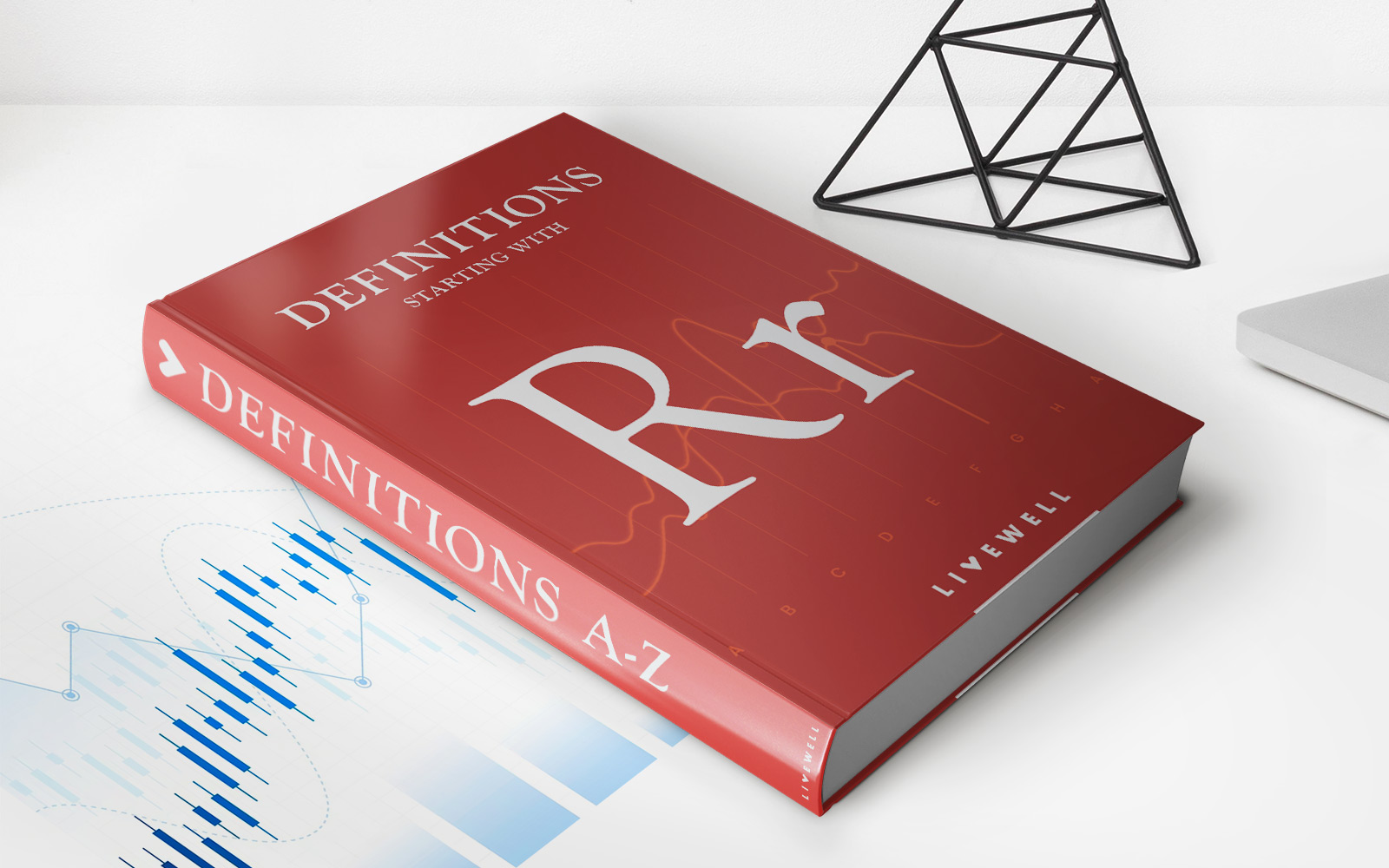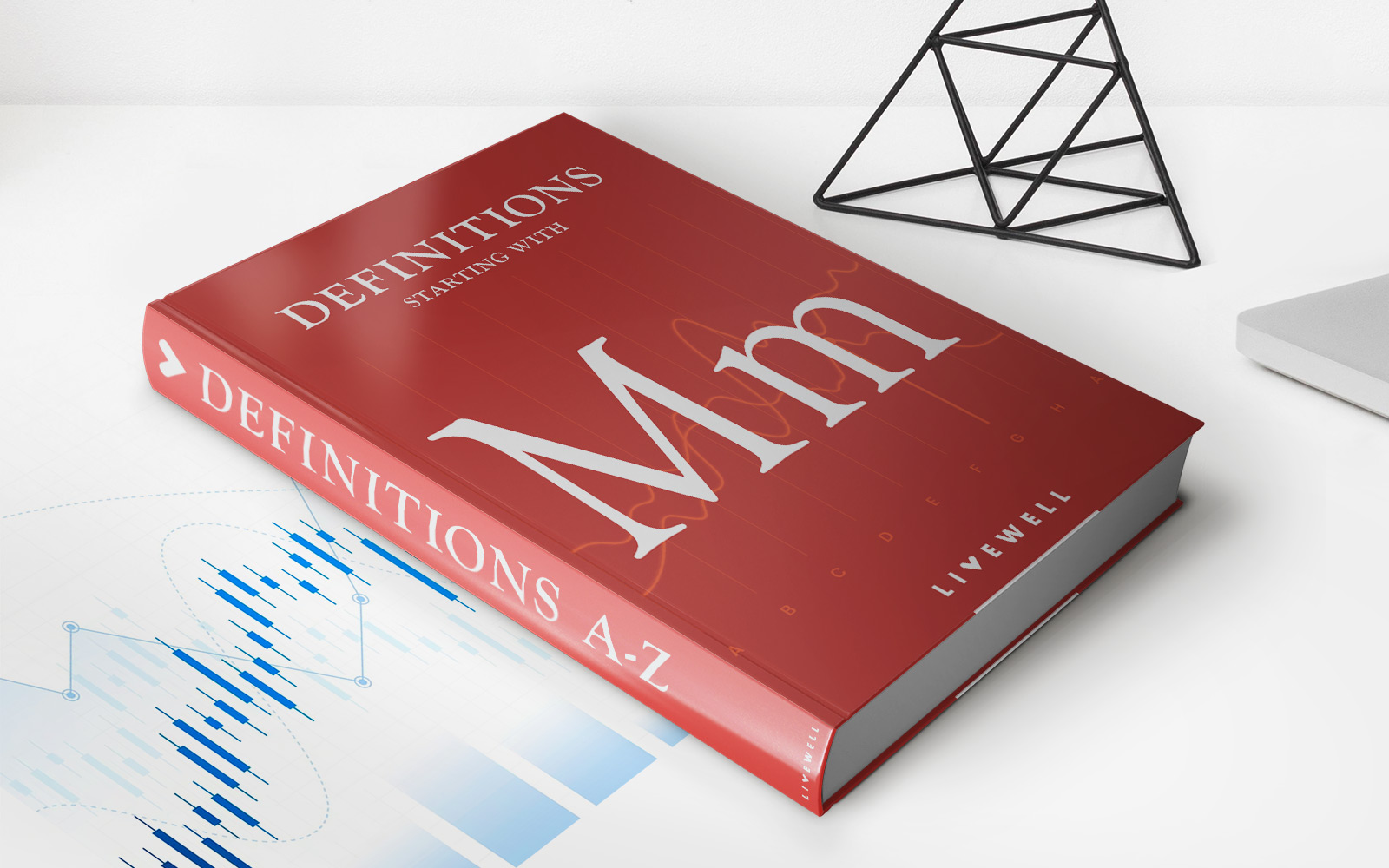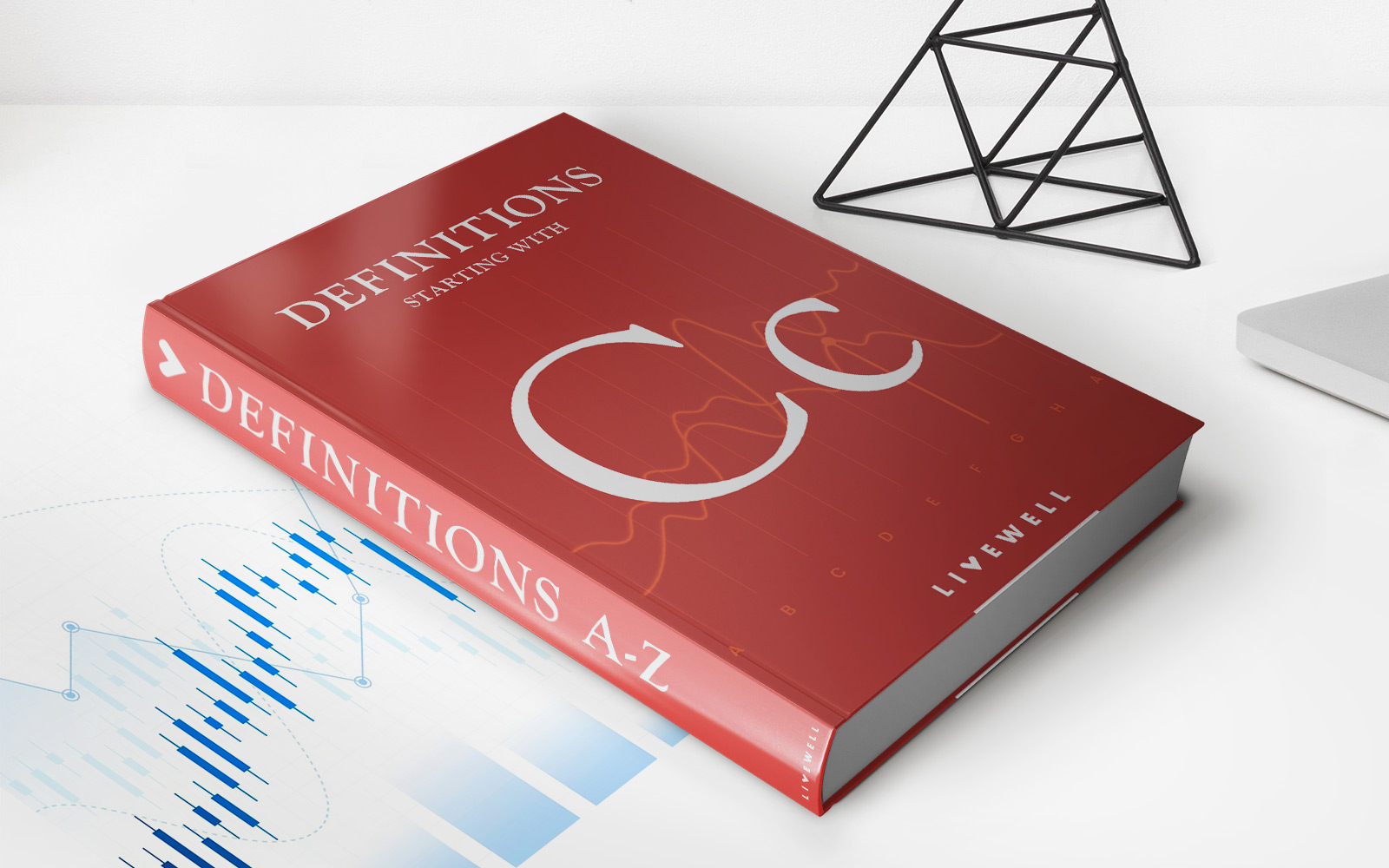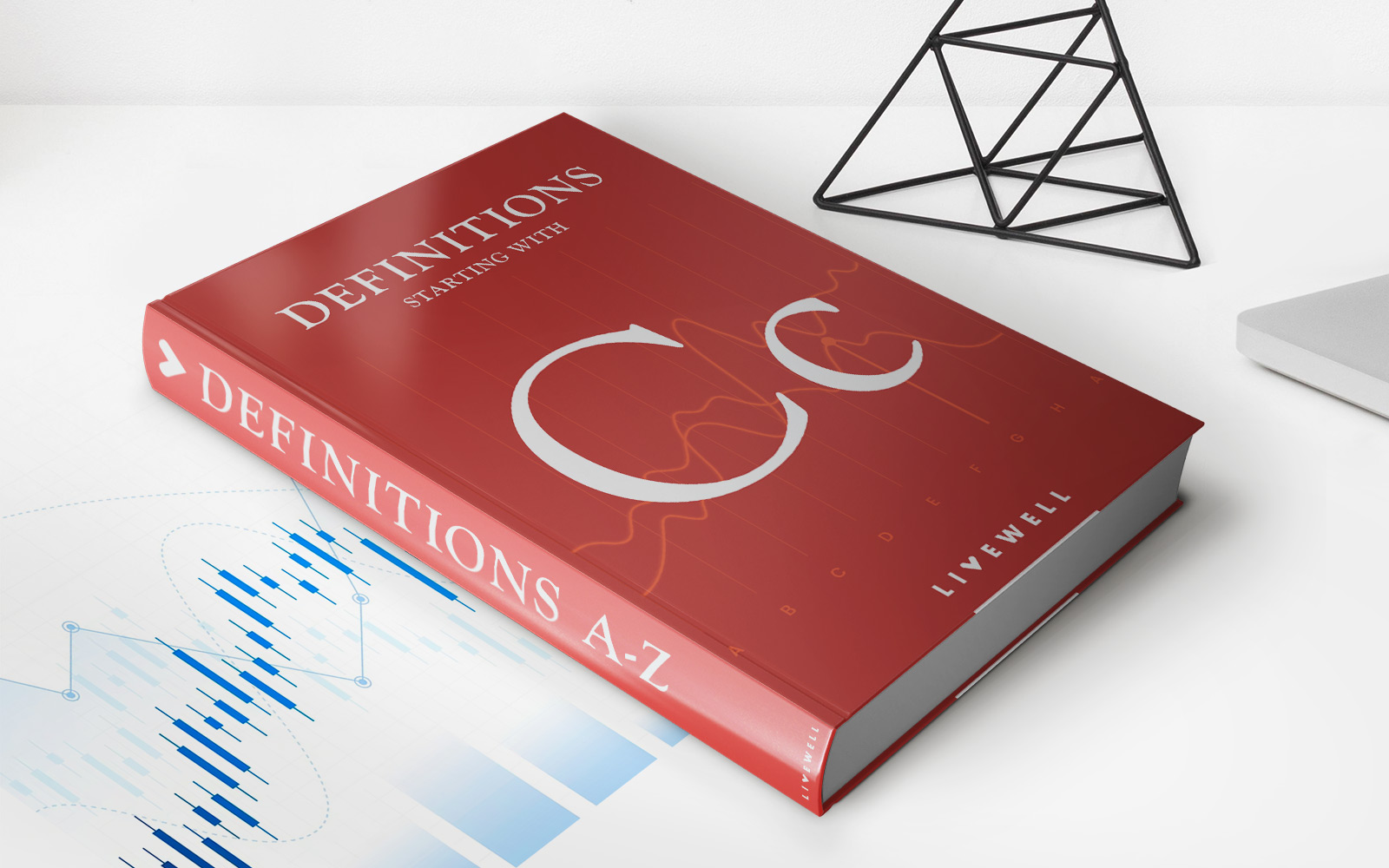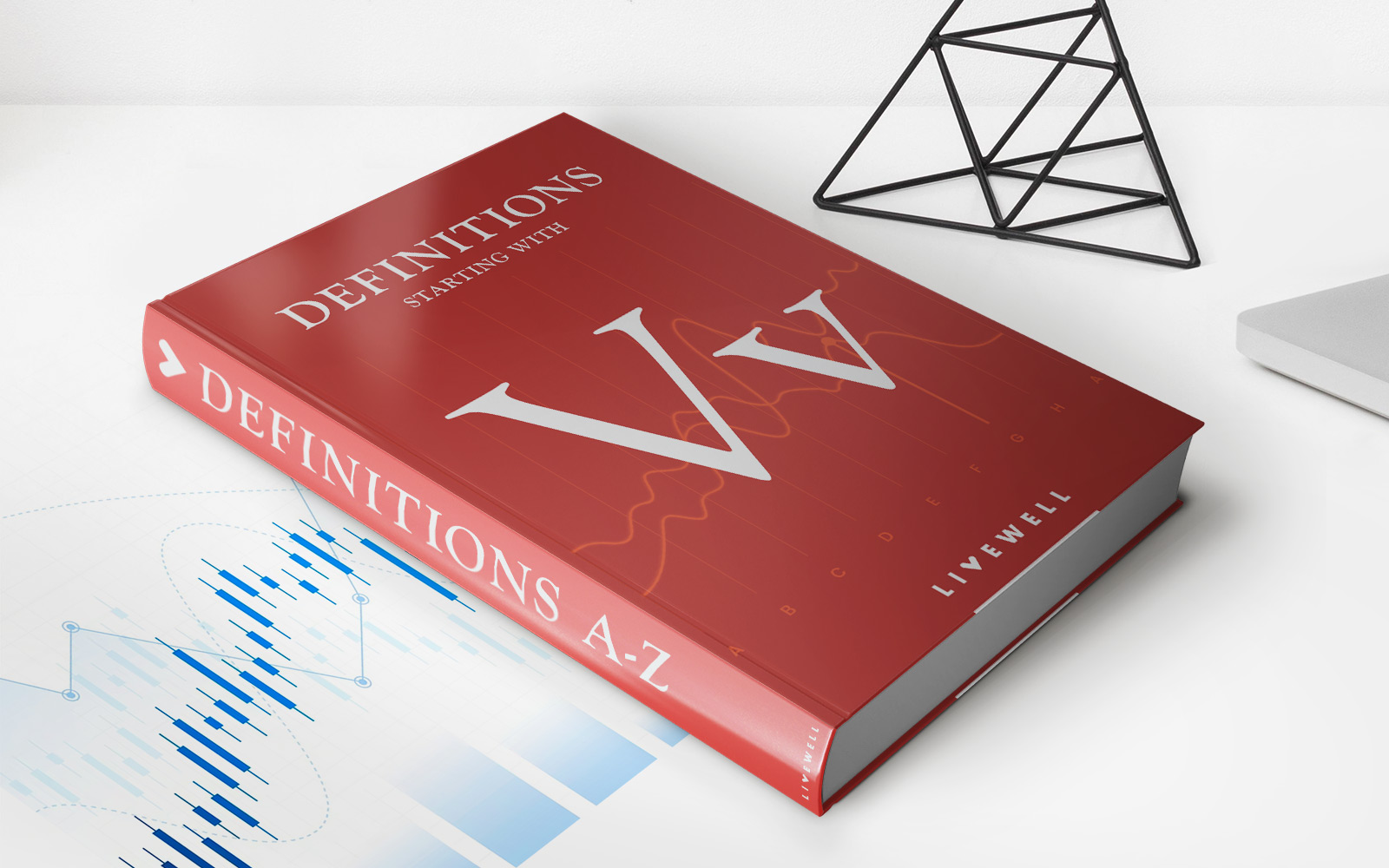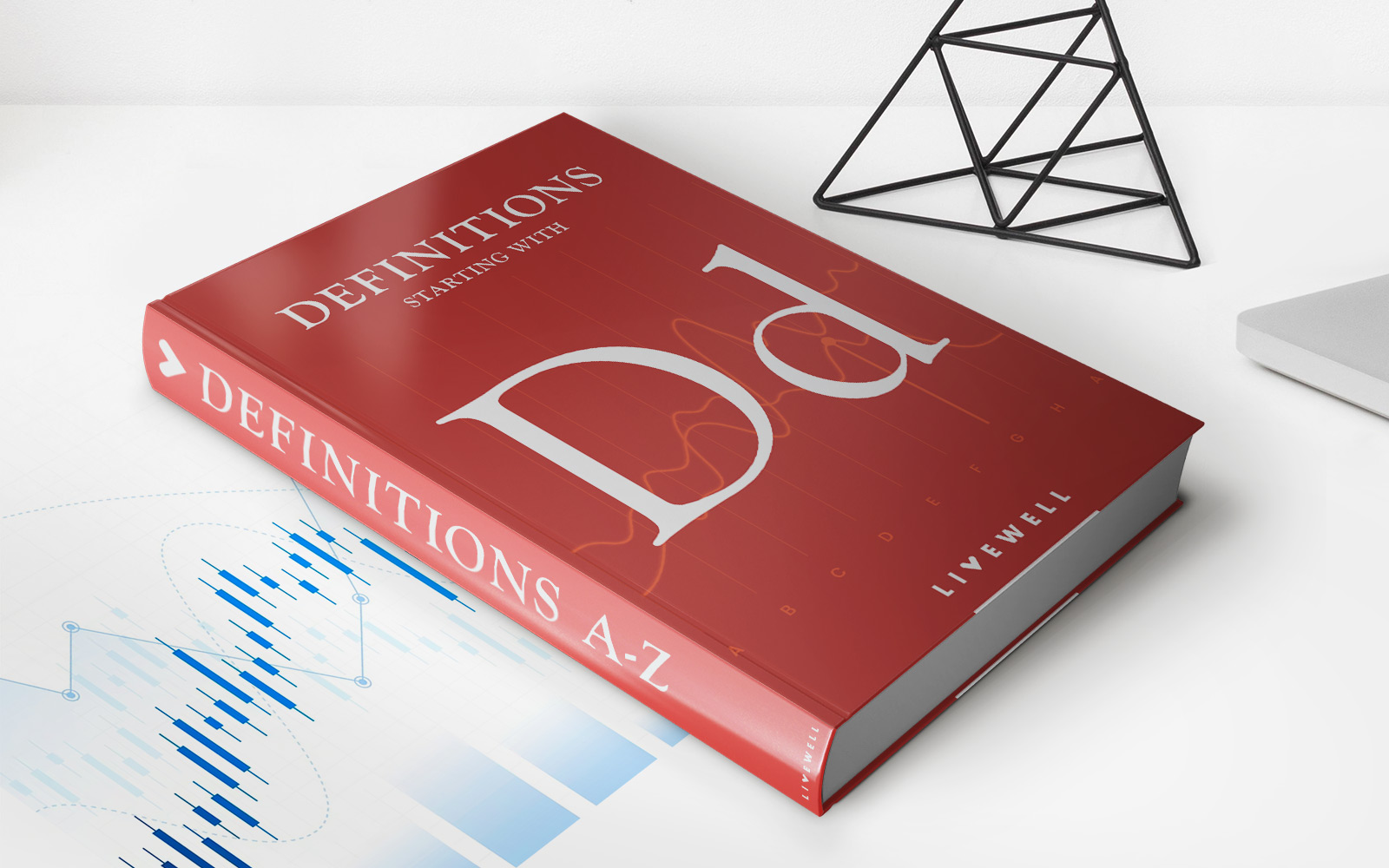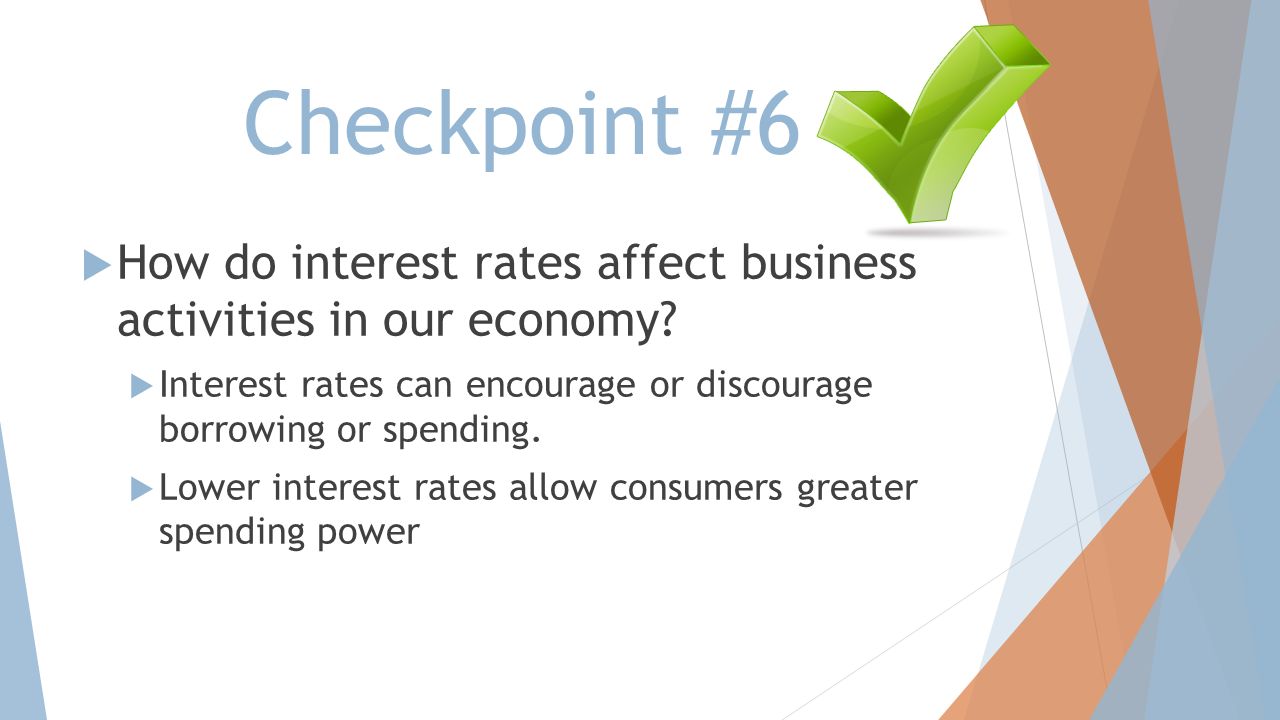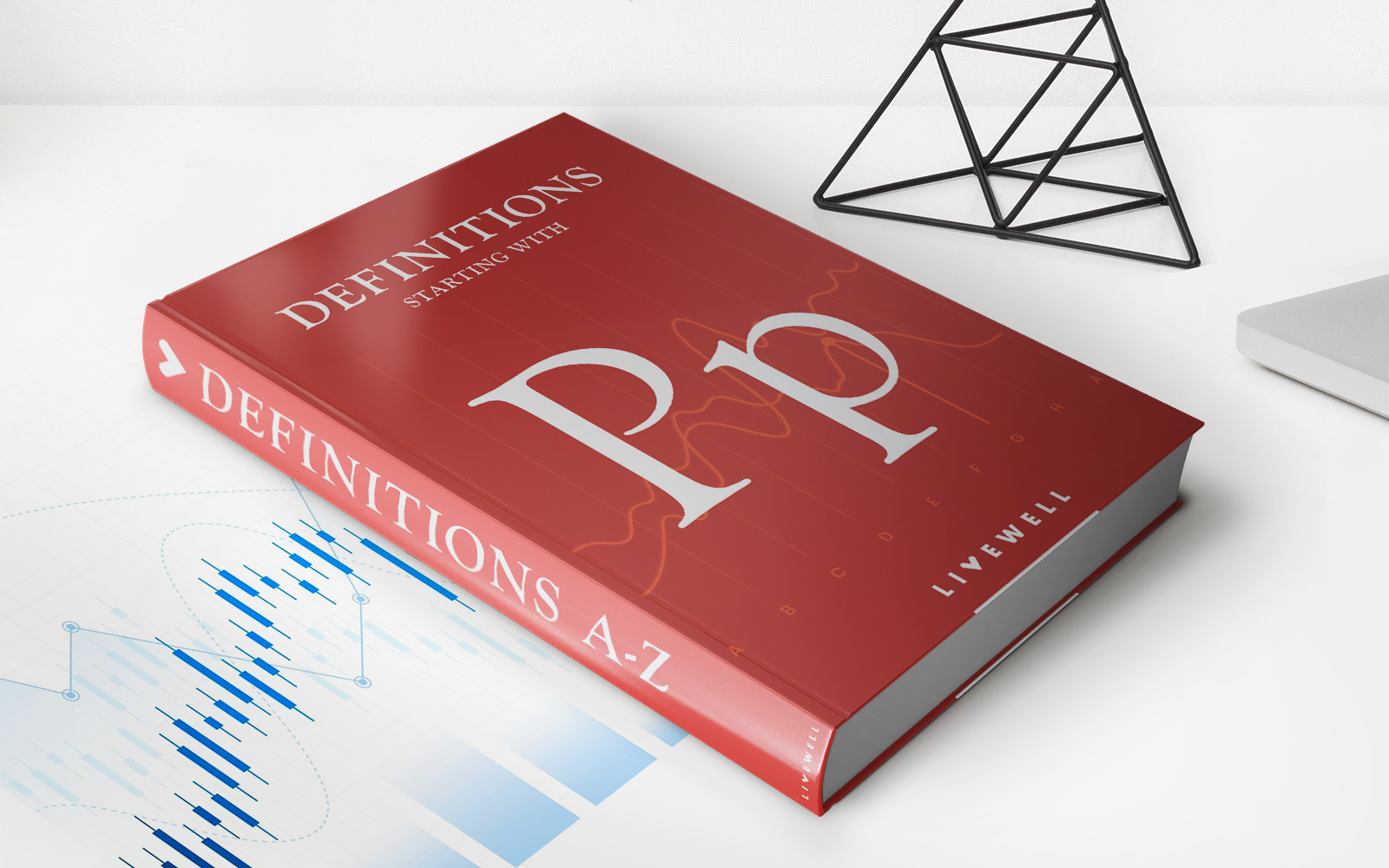Home>Finance>Maintenance Margin: Definition And Comparison To Margin Accounts
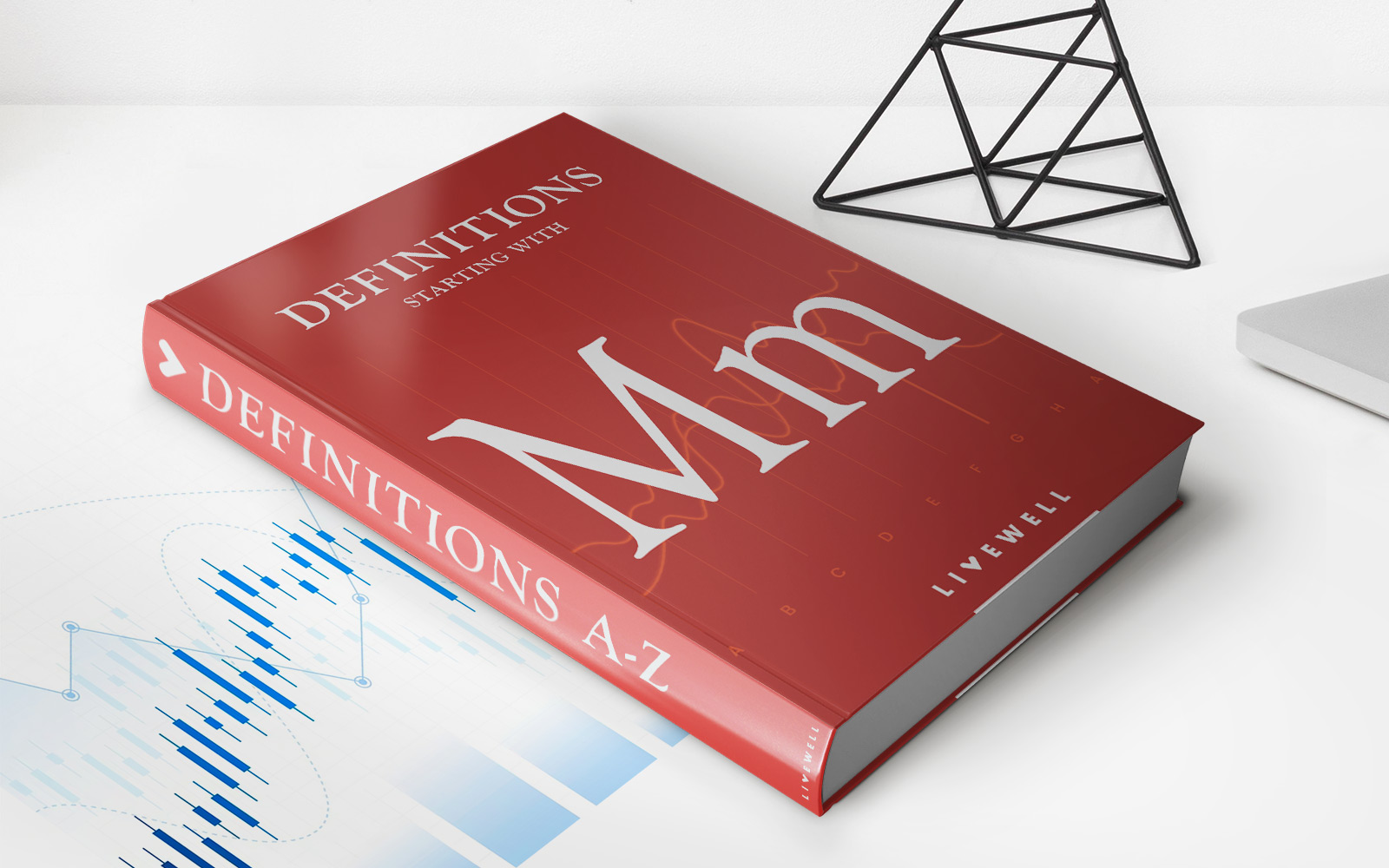

Finance
Maintenance Margin: Definition And Comparison To Margin Accounts
Published: December 21, 2023
Learn the definition of maintenance margin and how it compares to margin accounts. Expert insights and helpful information about finance.
(Many of the links in this article redirect to a specific reviewed product. Your purchase of these products through affiliate links helps to generate commission for LiveWell, at no extra cost. Learn more)
Understanding Maintenance Margin: Definition and Comparison to Margin Accounts
When it comes to the world of finance, there are various terms and concepts that can seem intimidating to both seasoned investors and beginners alike. One such concept is maintenance margin, which plays a crucial role in margin accounts. In this blog post, we will provide you with a clear definition of maintenance margin and its importance within margin accounts. We will also compare maintenance margin to other aspects of margin accounts, helping you gain a better understanding of its significance.
Key Takeaways:
- Maintenance margin is the minimum amount of equity that must be maintained in a margin account to keep positions open or to continue borrowing funds.
- Maintenance margin ensures that investors have enough capital to cover potential losses and protects both the investor and the broker.
- Maintenance margin is the minimum amount of equity that must be maintained in a margin account to keep positions open or to continue borrowing funds.
- Maintenance margin ensures that investors have enough capital to cover potential losses and protects both the investor and the broker.
Before we dive into the nitty-gritty details, let’s start with the basics: What is maintenance margin? In simple terms, maintenance margin refers to the minimum amount of equity that an investor must maintain in their margin account to keep their positions open or to continue borrowing funds. It serves as a safety net, ensuring that investors have enough capital to cover potential losses.
Now, you might be wondering how maintenance margin differs from a regular margin account. Well, a margin account allows an investor to borrow money from a broker to buy securities, such as stocks or bonds. This borrowing power allows investors to potentially increase their returns. However, it also entails a higher level of risk, which is where maintenance margin comes into play.
Think of maintenance margin as a form of collateral. It acts as a buffer, protecting both the investor and the broker from potential losses. When the value of an investor’s securities drops below a certain level, the equity in the margin account decreases. If the equity falls below the maintenance margin requirement, the investor will receive a margin call. This call requires the investor to deposit additional funds or securities into the account to bring the equity back up to the required level.
Comparing maintenance margin to other aspects of margin accounts, it is important to note that it is not the same as initial margin. Initial margin refers to the amount of equity an investor needs to put into the margin account when opening a position. Maintenance margin, on the other hand, is the ongoing requirement to keep the positions open.
In conclusion, maintenance margin is a critical component of margin accounts that ensures investors have enough capital to cover potential losses and protects both the investor and the broker. It is important to maintain a thorough understanding of margin requirements, such as maintenance margin, to navigate the world of investing effectively.

